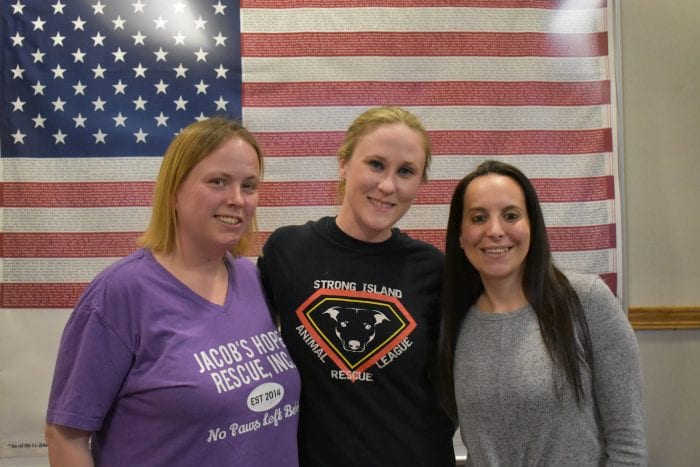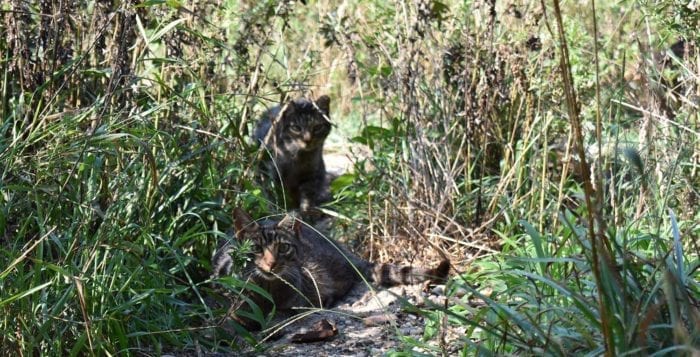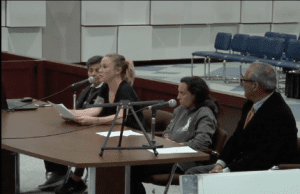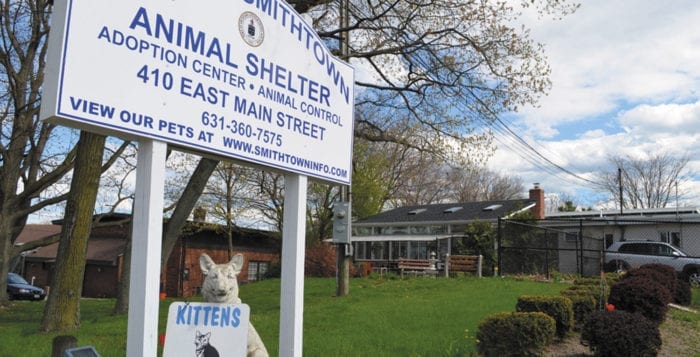A new pilot trap, neuter and release program will look to stem the tide of the growing feral cat population in the Town of Brookhaven. Such has been the efforts of local animal activists who for months have advocated for official help in what seemed an insurmountable problem.
Erica Kutzing, a Sound Beach resident and vice president of North Shore-based Strong Island Animal Rescue League, said she and others believe it will allow for better outcomes and success rates for feral cats.
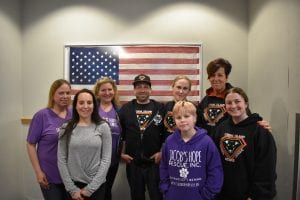
“It meant a lot to us to help solve this real issue,” she said.
Kutzing, Katrina Denning, founder of the Jacob’s Hope Rescue, and Jenny Luca, among others attended a number of Town Board meetings from October to December 2019, discussing the need for Brookhaven to provide more assistance to local animal rescue groups in the ongoing feral cat crisis.
“The TNR [Trap-Neuter-Return] program at that time was broken and needed to be fixed,” Kutzing said.
At the end of December, the trio were given the opportunity to meet with Supervisor Ed Romaine (R) and Town Board members to talk about the status of the program. In two separate meetings, animal rescue advocates discussed ways they could improve the program and ease the burden on local rescue groups.
After some weeks of negotiations, town officials agreed to put the trio in charge of the task force. The town also decided to increase the original program’s budget from $40,000 to $60,000, began a partnership with Medford-based veterinary clinic Long Island Spay & Neuter, and will pay professional trappers to help capture feral cats.
The pilot program was officially announced at the March 12 board meeting, classified as a “Program for the Public Good,” thereby qualifying it for coverage under the town’s public good insurance.
“We are moving in a direction to reduce the population of feral cats — we believe the best way to deal with this issue is to work with nonprofits, who are extremely committed people,” Romaine said. “Limiting the population is the right thing to do for the community.”
Councilwoman Valerie Cartright (D-Port Jefferson Station) said the feral cat population on Long Island has been increasing drastically over the years, with a significant amount being located in Council District 1.
“The town was able to develop the pilot program with significant community input from the rescue organizations,” she said in a statement. “We are anticipating success of the pilot program and we appreciate the community groups working collaboratively with the town.”
Denning said they were pleasantly surprised that town officials put them in charge and supported their ideas. She expects to see improved results once the program is set up, especially with Dr. John Berger, a veterinarian at Long Island Spay & Neuter, in place to perform the procedures.
“The way it was done before was just not working,” she said. “We needed someone who was skilled with dealing with a high volume of feral cats. Dr. Berger is trained to do a large number of surgeries.”
In turn, Denning said it will allow them to get more cats fixed and treated than before.
“We will be doing clinics and specifically have a block of time where Dr. Berger can deal with a mass quantity at once,” she said. “We will be able to treat 20-30 cats and deal with entire colonies.”
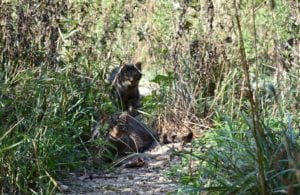
In addition, the group will come up with a list of approved trappers who will “go out and capture these feral cats instead of the homeowners who are not as experienced,” Denning said. “We will be paying them for their work and incentivize them to go out more, now they don’t need to spend their own money on supplies.”
Luca, who has been an independent rescuer for the past 10 years, said the new program will allow them to do more in helping feral cats.
“Cats are on every block on Long Island — we were very limited in what we could do before,” she said.
Luca said with added support they will be able to use funds to buy new equipment like drop traps to ensure they’ll be able to capture more feral cats.
Another aspect of the program is public education.
“Educating people is huge — we are looking for individuals/volunteers who are interested in learning what we do and help us, it would be great,” Luca said.
Kutzing said surgery appointments will be twice a month at the clinics and they expect the program to be up and running sometime in April.
In the meantime, the trio is excited for
the opportunity.
“It is incredible what we’ve been able to do,” Kutzing said. “It has been such a rewarding experience.”

